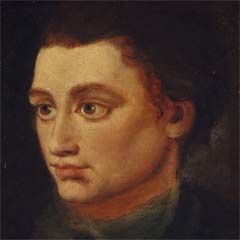 3 Sciennes House Place, Edinburgh EH9 1NN
3 Sciennes House Place, Edinburgh EH9 1NN
Adam Ferguson was professor of moral philosophy at the University of Edinburgh, and, as the author of the Essay on the History of Civil Society (1767), is often considered one of the founders of sociology. He regularly entertained many of the leading figures of the Scottish Enlightenment at his house in Sciennes. In Ferguson’s day the house was on the very edge of the city and, because of its remoteness, his friends jokingly referred to it as ‘Kamchatka’ after the peninsula in Siberia. In the winter of 1786/7 he hosted a dinner here at which the two most famous Scottish writers of the period, Robert Burns and the young Walter Scott, met for the first and only time.
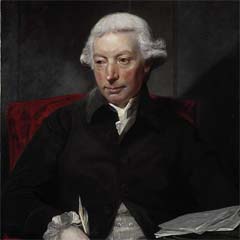
Portrait of Adam Ferguson (1723–1816) by Sir Joshua Reynolds.
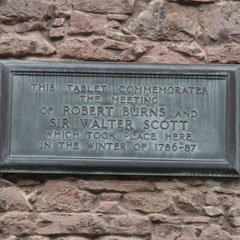
Plaque commemorating the meeting of Robert Burns and Walter Scott at the house of Adam Ferguson.
Find out more

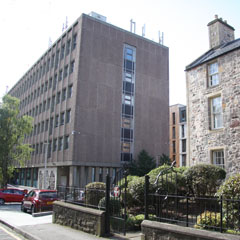 13 St John St, Edinburgh EH8 8DG
13 St John St, Edinburgh EH8 8DG
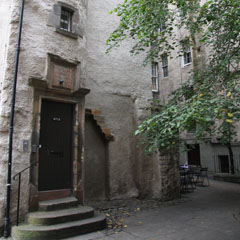 James’ Court 493 Lawnmarket Edinburgh EH1 2PB
James’ Court 493 Lawnmarket Edinburgh EH1 2PB  Playhouse Close, 196 Canongate, Edinburgh EH8 8BN
Playhouse Close, 196 Canongate, Edinburgh EH8 8BN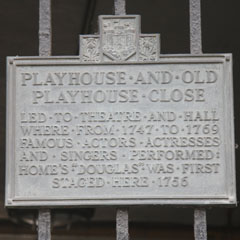
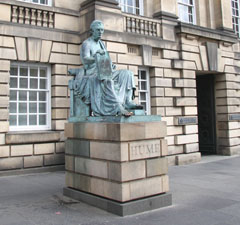 The Royal Mile, Edinburgh EH1 1RN
The Royal Mile, Edinburgh EH1 1RN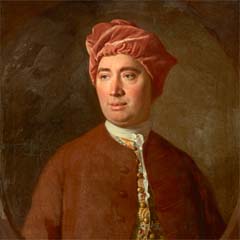
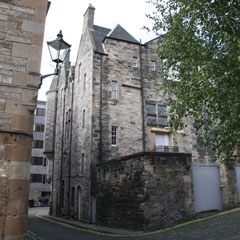 Boyd’s Entry, St Mary St, Edinburgh EH8 8JW
Boyd’s Entry, St Mary St, Edinburgh EH8 8JW
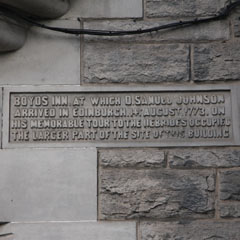
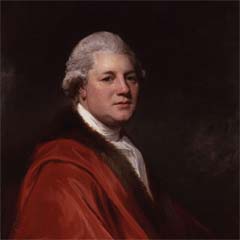

 197 High St, Edinburgh EH1
197 High St, Edinburgh EH1
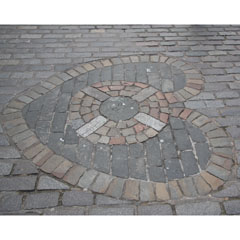
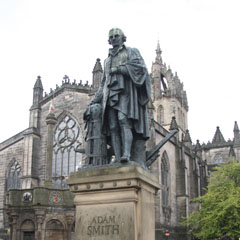 192 The Royal Mile, Edinburgh EH1 1RF
192 The Royal Mile, Edinburgh EH1 1RF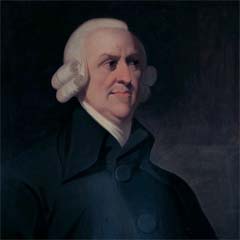
 Calton Hill, Edinburgh EH1 3BJ
Calton Hill, Edinburgh EH1 3BJ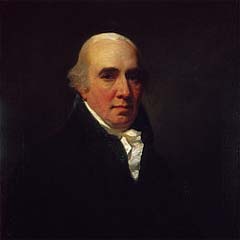

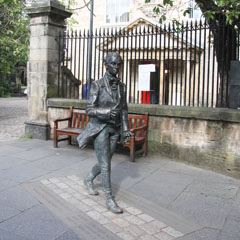 153 Canongate, Edinburgh EH8 8BN
153 Canongate, Edinburgh EH8 8BN